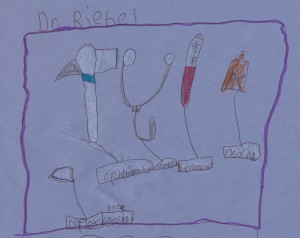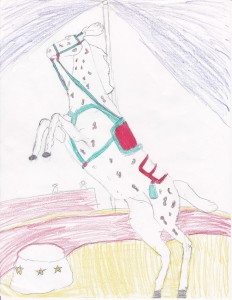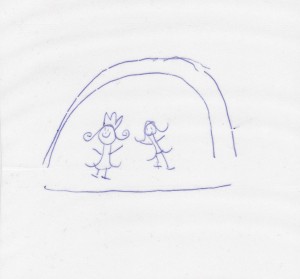Shhhh. Don’t tell your kids, but it’s almost time for school! Just starting school is costly, with all the supplies and book fees, sports, extracurricular activities, field trips, etc. The school year requires planning, budgeting, and financial decisions. Those are skills you’ve acquired over a lifetime.
But what about your child? Does she need to start learning those skills, too? Do you want him to grow up able to manage money and work? Where to start?
The good news is that it’s never too late to begin teaching the importance of financial responsibility.
- Start with chores. These should be age-appropriate and reasonable. Even a toddler can help put toys away, and they love to “help” by pretending with their toy vacuum cleaner or child-sized leaf rake. Elementary aged children can set the table for meals and put their dirty dishes in the sink, make their beds and collect trash. Teens can contribute with yard work and house cleaning.
- Build a sense of accomplishment. Lavish praise for a job well done. Post of checklist of chores in a prominent place, and check them off when done. Allow your child some choices: “Would you rather set the table or clear it after we eat?”
- Tie chores to allowance. Make expectations clear up front. Keep the allowance reasonable as it relates to family finances.
- Set some rules about handling money. Determine percentages for saving, giving to charity, and spending. Discuss the benefits of long-term saving.
- When your teen nears driving age, talk together about the privilege (and cost) of using the family car, and decide well in advance what costs the teen will assume. Be clear about how one earns—and loses—the privilege of driving.
- Teach your teens the value of work by encouraging them to get a job, but make sure that job doesn’t interfere with school.
- Help your child open a bank account. When in elementary school children can start savings accounts, and when teens start a job they can open a checking account.
With your help, your children can grow up financially healthy, with good attitudes about spending and saving.

Artwork by Molly
© 2013, MBS Writing Services, all rights reserved




